7 Key Elements Of The Interior Art Design
- Orhan Guliyev

- Jun 13, 2024
- 3 min read
Key 1 - > Aesthetics: Creating Visual Harmony in Interior Art Design
Aesthetics is central to interior art design.
The right mix of art pieces, furniture, and decor can transform a space from ordinary to extraordinary.
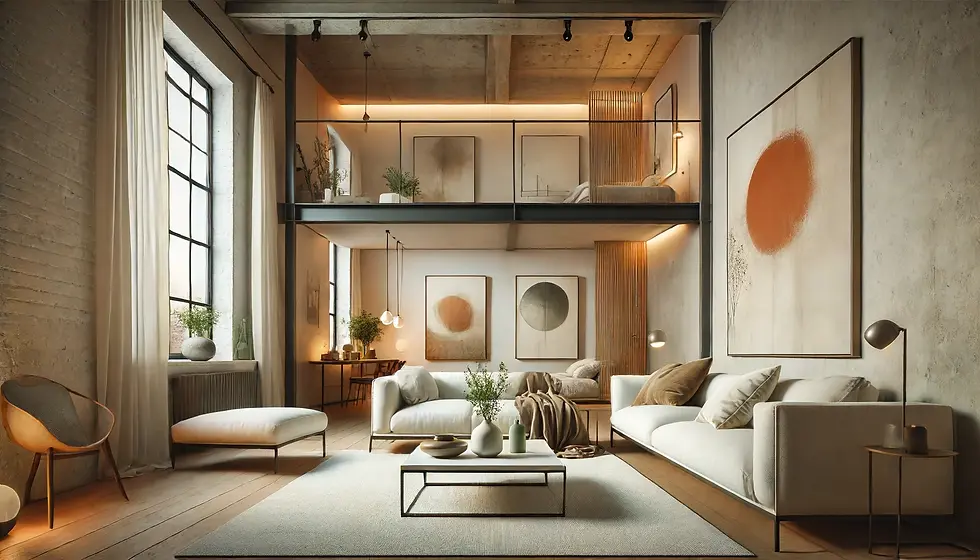
For example, in one of the recent project, I worked on a modern loft where the client desired a minimalist yet warm feel. We selected abstract art pieces with warm tones to complement the sleek, white furniture, achieving a harmonious balance between modernity and coziness.
Key 2 - > Functionality: Interior Art Design with Purpose
Functionality is as important as aesthetics. A beautifully designed space must also fulfill the needs of its users.
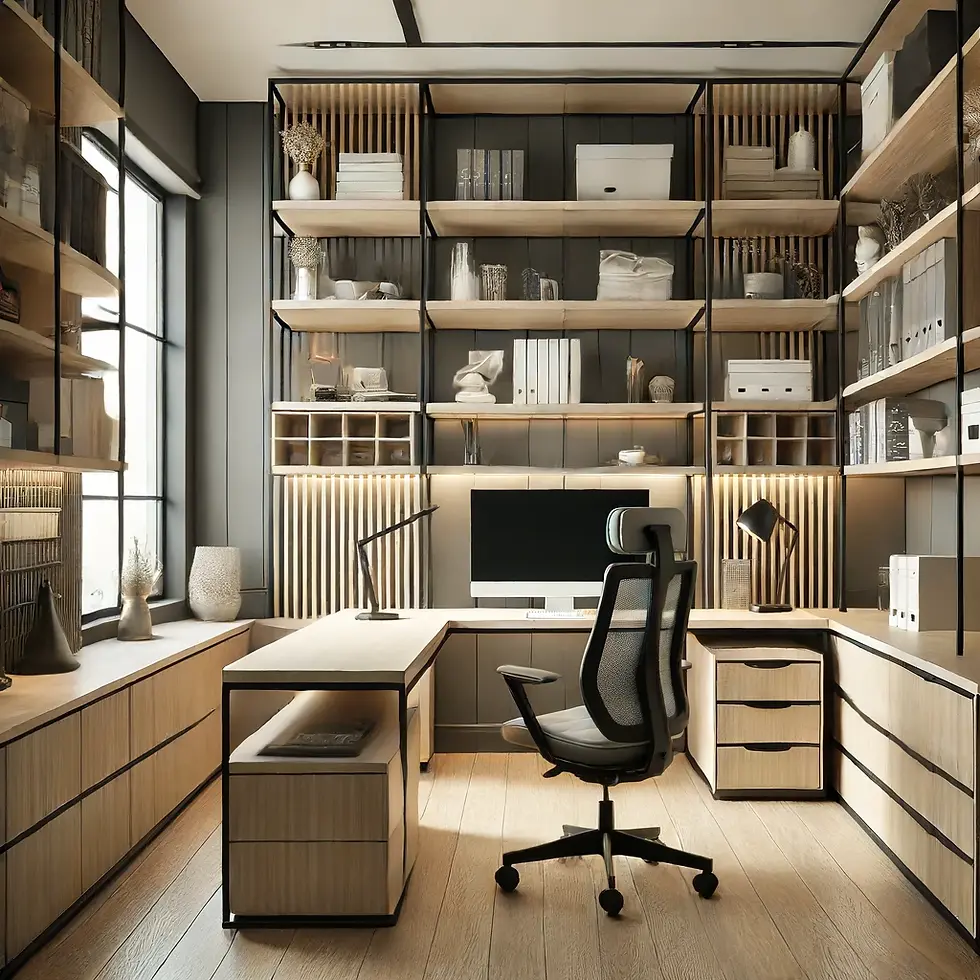
In redesigning a home office for a client who works remotely, we installed a large, custom-made desk and an ergonomic chair to ensure comfort. We also incorporated stylish and practical shelves and storage solutions, making the space both functional and visually appealing.
Key 3 - > Key Color and Texture: Adding Depth and Interest
Color and texture play a crucial role in creating the desired ambiance.
In a recent renovation of a downtown apartment, we used a mix of rich,
earthy tones and soft, tactile fabrics to create a cozy, inviting atmosphere.
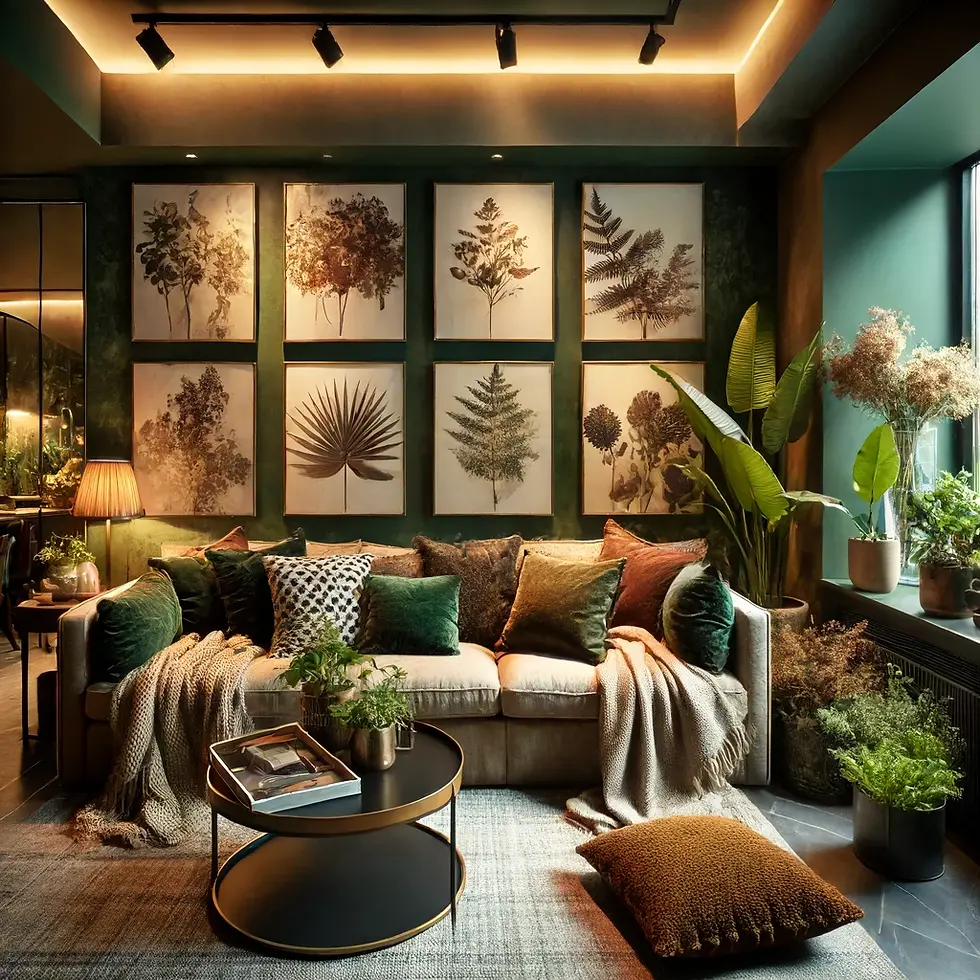
The use of a deep green accent wall provided a stunning backdrop for a collection of botanical prints, adding depth and interest to the room. In the recent revamp of a
city-center apartment, we carefully combined warm, natural colors and plush, touchable fabrics to craft a snug and welcoming environment. Introducing a bold, deep green accent wall served as a striking canvas for an array of botanical prints, injecting character and dimension into the space.
Key 4 - > Proportion and Scale: Balancing Elements in Interior Art Design
In redesigning our expansive living room, we carefully selected a sizable, eye-catching chandelier to complement the lofty ceiling.
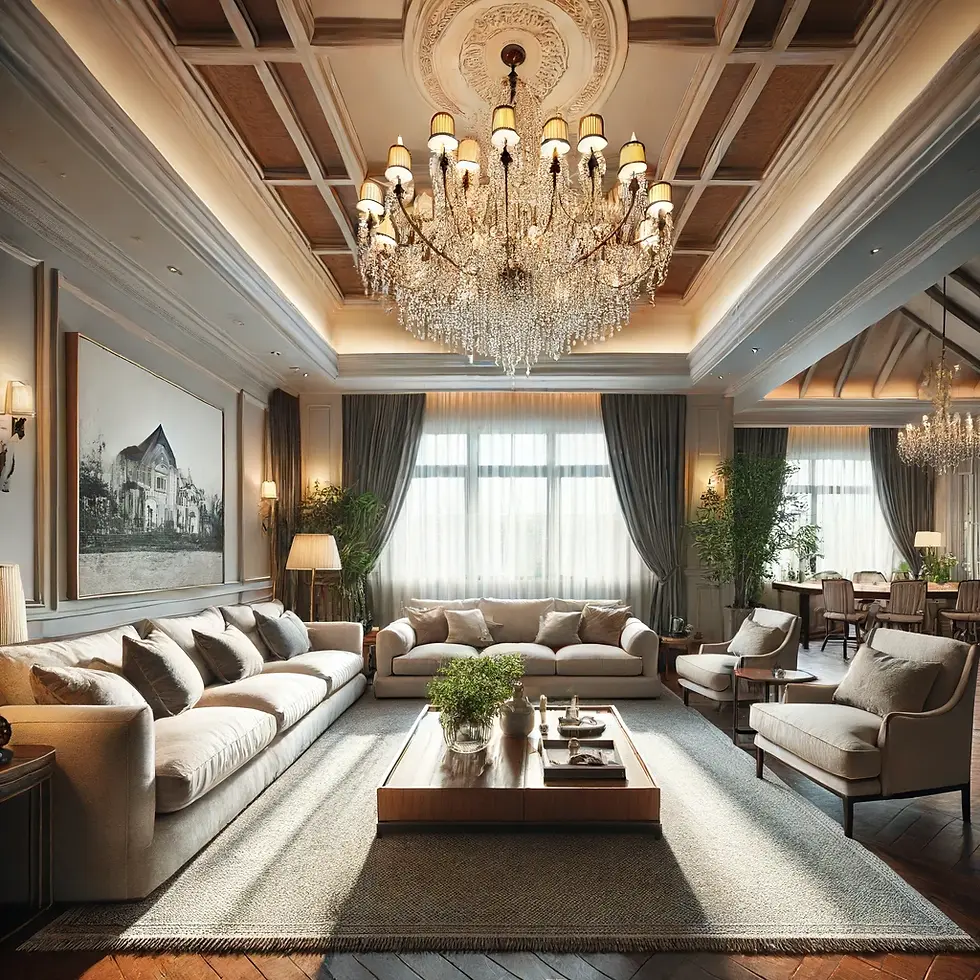
This striking feature was harmoniously paired with generously proportioned, snug sofas and a substantial coffee table, ensuring that every element was ideally suited
to the room's dimensions.
Key 5 - > Focal Points: Drawing the Eye
To create focal points and add interest, consider installing a striking, oversized headboard, which can become the room's immediate focal point.

When paired with matching bedside tables and lamps, the headboard not only anchors the bed but also adds a touch of luxury and sophistication to the space.
Key 6 - > Cohesion: Creating a Unified Look
In interior art design, creating a cohesive look is vital.
Recently, we had the opportunity to work on a beach house project where we employed a coastal color palette of various shades of blues and whites.

To bring the natural elements of the coastal environment into the home,
we incorporated materials such as rattan and wood. Additionally, nautical-themed decor was used to further enhance the beach house vibe. These design choices tied the entire project together, resulting in a unified and serene living space.
Key 7 - > Personalization: Reflecting Individuality
Personalization is crucial in making a space your own, reflecting your unique personality and style. During a redesign of a family home, we didn't just add a gallery wall of family photos and children’s artwork in the hallway. Instead, we created a space that truly felt like home, exuding the warmth and character of its inhabitants.
This personal touch not only personalized the space but also instilled a sense of belonging and ownership, making it truly feel like home.
CONCLUSION
When designing interior art, it's not just about creating beautiful spaces; it's about crafting environments that improve our daily lives. By considering aesthetics, functionality, color, texture, proportion, focal points, personalization, and cohesion, we can transform any space into a stylish and comfortable haven that enhances our well-being and productivity. Whether you’re planning to redesign a single room or your entire home, understanding these key principles can help you achieve the perfect balance of form and function. Here are a few real-life examples that illustrate how these elements come together.




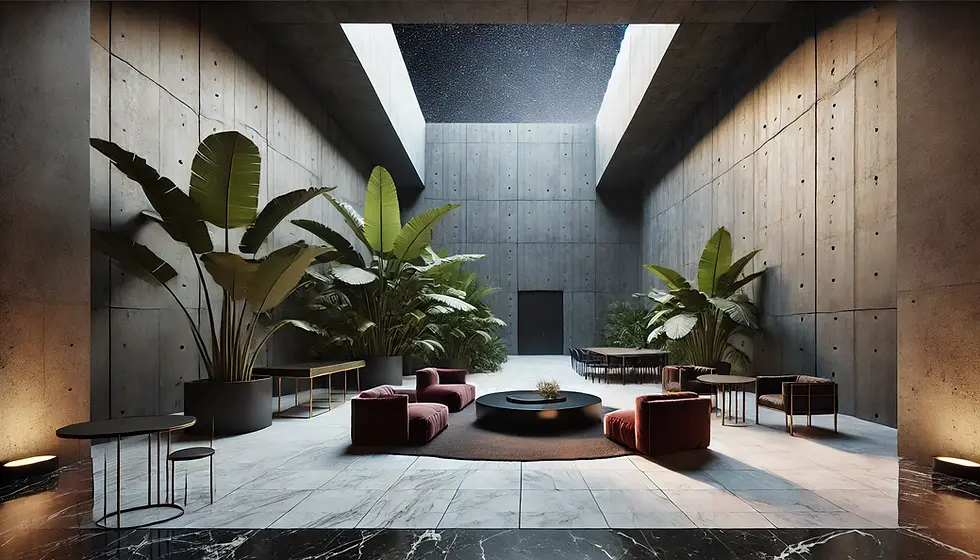
Comments